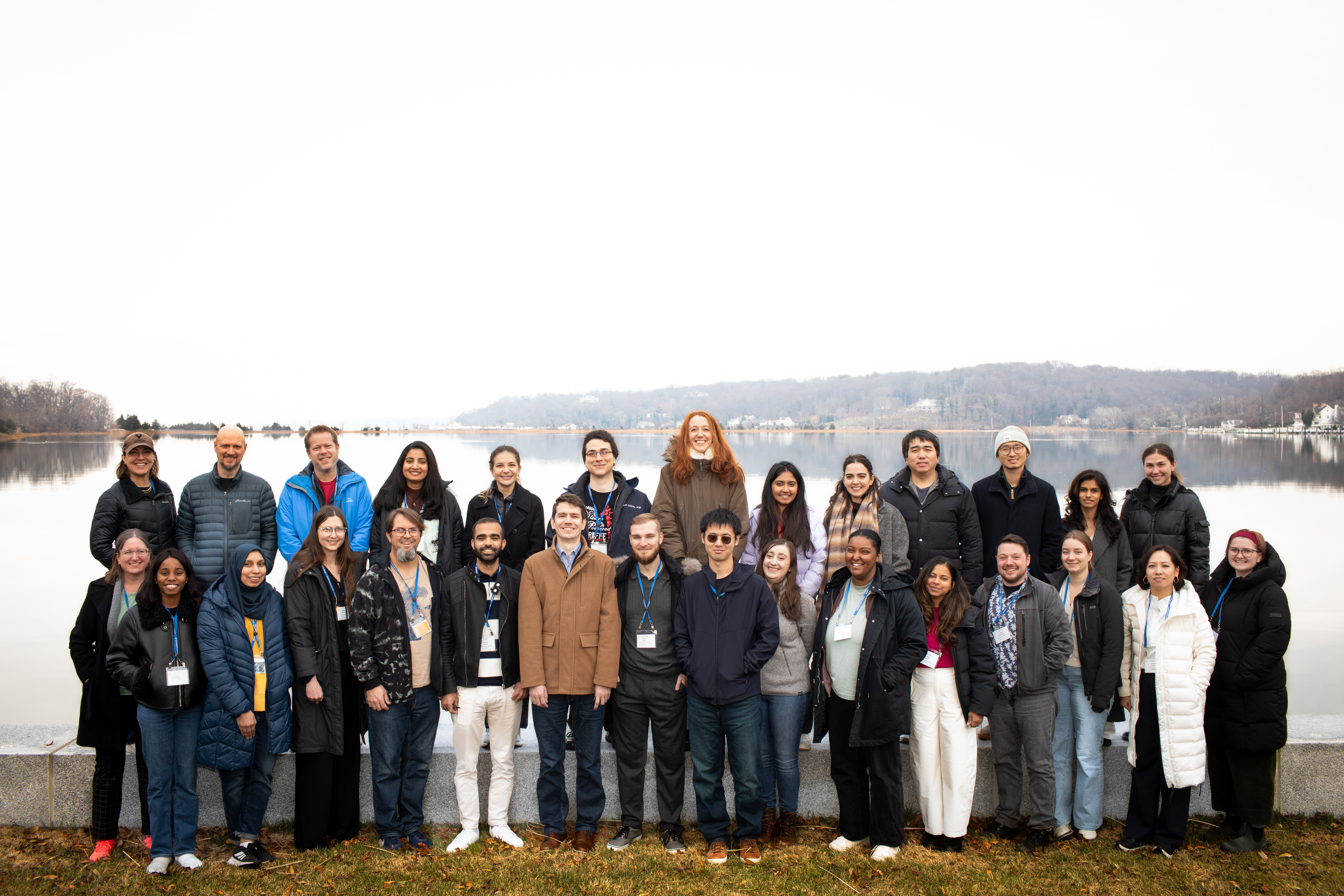

Welcome to the 2025 Computational Genomics course! The primary focus of this course is the theory and practice of algorithms in computational biology, with the dual goals of using current methods more effectively for biological discovery and developing new algorithms. This page lists the daily schedule, helpful links, and instructor info. This information will be used throughout the course and updated frequently, so please bookmark this page.


Associate Professor
University of Washington
Department of Genome Sciences

Computational Biologist
University of Minnesota
Department of Pediatrics

Assistant Professor
University of Washington
Departments of Pediatrics and Laboratory Medicine & Pathology

Professor
University of Virginia
Department of Biochemistry and Molecular Genetics

Director, Single Cell Genomics
University of Washington
Brotman Baty Institute for Precision Medicine

Associate Professor
University of Tennessee
Department of Genetics, Genomics & Informatics

Assistant Professor
Stanford University
Departments of Genetics and Pediatrics (Cardiology)

Graduate Student
University of Washington
Institute for Public Health
Genetics

Graduate Student
University of Washington
Department of Genome Sciences

Graduate Student
University of Washington
Molecular & Celluar Biology

Research Scientist
University of Washington
Department of Genome Sciences

Postdoctoral Fellow
University of Washington
Department of Medicine
You need a text editor! Really, you do. You may have heard of nano or vi or vim or maybe emacsn, which will be installed on your remote system. These are command line text editors and are great but have a steep learning curve, so I suggest others use a GUI text editor that has the ability to connect to your remote computing system so you can open and save scripts (files) directly to the system you will then use them. The ones I suggest are free and I personally have used them.
Mac/OSX: BBEdit. To connect to your remote computing system, use the "Open from FTP/SFTP" or "Save to FTP/SFTP" options. It will ask you for your server creds, which will look something like...
Windows: Komodo Edit (NOT IDE – big red button is BAD.) You can add a server in the preferences using the same information as above, then use Save to remote or Save as remote to save directly to your remote system.
Unix: Cheat sheet. Not complete but these are all useful commands to get you started.
How to submit jobs: Many, many remote compute systems use SLURM to handle job scheduling. SLURM is how you would reserve time, memory and processors on your system to run your script/analysis. There should be information about SLURM and the different partitions you can submit your jobs to provided by your remote computing system but some key SLURM commands are...